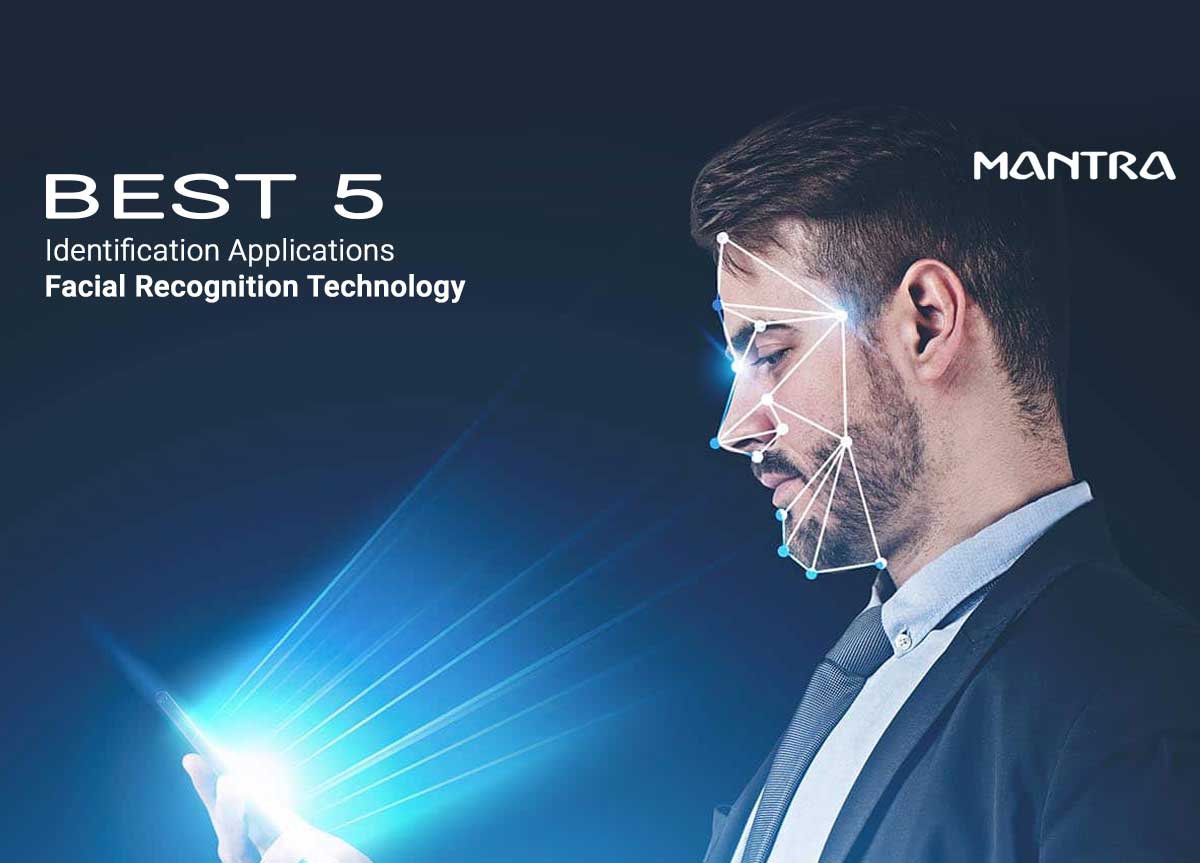
Facial recognition technology
Facial recognition technology is revolutionizing the course of human identification & authentication. Moreover, novel enrichments in technology & large-scale proliferation of biometric face-based identification devices are enabling users to avail services susceptible to vulnerability in a more reliable, rapid, and relaxed manner.
Today, a large number of private and public enterprises/organizations are turning towards the enactment of a facial recognition system to reinforce reliability along with security. Besides, this cutting-edge biometric technology ascertains that only authorized or entitled personnel can receive the accessibility to personal services or walk into any premises.
The face recognition technology is gaining much recognition worldwide, as it finds applicability in versatile fields of activity ranging from smartphone access locks to protecting public events. Here are the top five utilization of facial biometric-based identification technology:
1. Access Control
In an era of continually upgrading technologies like biometrics, gone are the days of passwords and PINs. Apart from fingerprint identification systems, advanced facial biometrics is broadly employed for access control project needs or applications to boost security.
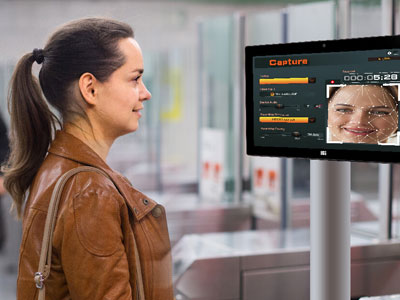
The groundbreaking biometric face recognition system presents managed security to businesses as it determines or identifies an individual's facial features to grant access to vehicles, facilities, residences, physical devices, or equipment.
Organizations or businesses handling sensitive data are already planning to embrace this innovation to keep tight control over who enters their premises. Multiple Tech tycoons have already integrated biometric facial sensors into smartphones, which enables consumers to unlock their devices by just looking at them.
2. Identification of Criminals
The facial recognition systems are utilized extensively for criminal identification/verification by law enforcement bodies in various countries. AI quipped cameras are also installed on trial-basis by numerous nations to identify lawbreakers or criminals accurately and curb illegal activities or crime.
The Indian police force is gradually enacting the automated facial recognition system (abbreviated as AFRS) nationwide to maintain a biometric facial repository of arrested criminals.
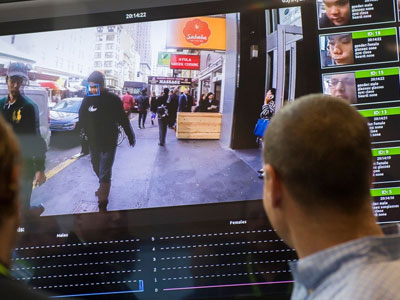
3. Attendance Monitoring
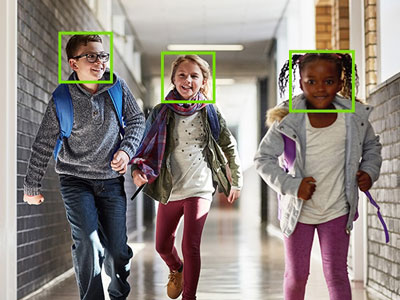
In addition to making premises safer, facial recognition technology holds the potential to track an individual's presence. The innovative technology-based system helps in overcoming the limitations faced by the traditional paper-based timesheets like buddy-punching, time-theft, etc.
China is already utilizing a face-based biometric attendance system to record/mark attendance of pupils. They scan the student’s facial features/images by employing tablets and compare them against a pre-existing repository to verify their identities.
4. Secure Transactions
Living in the digital age, people are seeking are for hassle-free, safe, and rapid online payment options. For this reason, e-commerce giants like Alibaba and many other firms came forward to utilize facial recognition software. This state-of-the-art technology authenticates the consumer’s identity by scanning his/her facial image to make reliable money transactions. The execution of the facial recognition system proffers greater convenience, reliability, and paymenting speed to users.
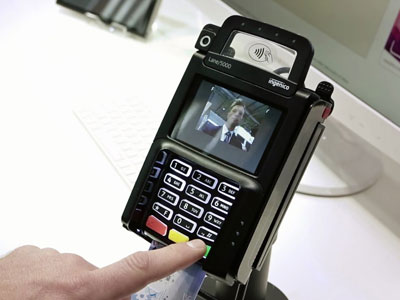
In the year 2017, China enacted a facial recognition paymenting system at world-renowned fast-food chain KFC to enhance seamless and hassle-free payment process. Realizing the immense opportunities of innovative facial recognition system in the payment industry, it has drawn the attention of multiple nations.
5. Public Events
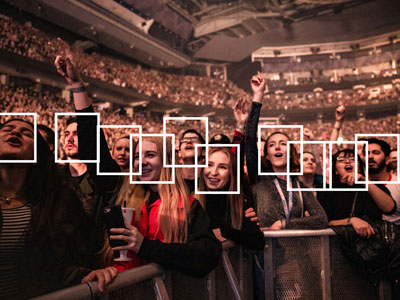
The new-generation biometric identification technology like facial recognition is digging its space in the public events to verify people entering into stadiums, concerts, arenas or any other venues using their facial features, thus eliminating the ticketing system.
Furthermore, the facial recognition system records the facial impression of the person performing in any event or the concert. The previous year, an organization named Blink Identity employed face recognition system at an event to identify audience instead of conventional paper-based tickets.
Comments